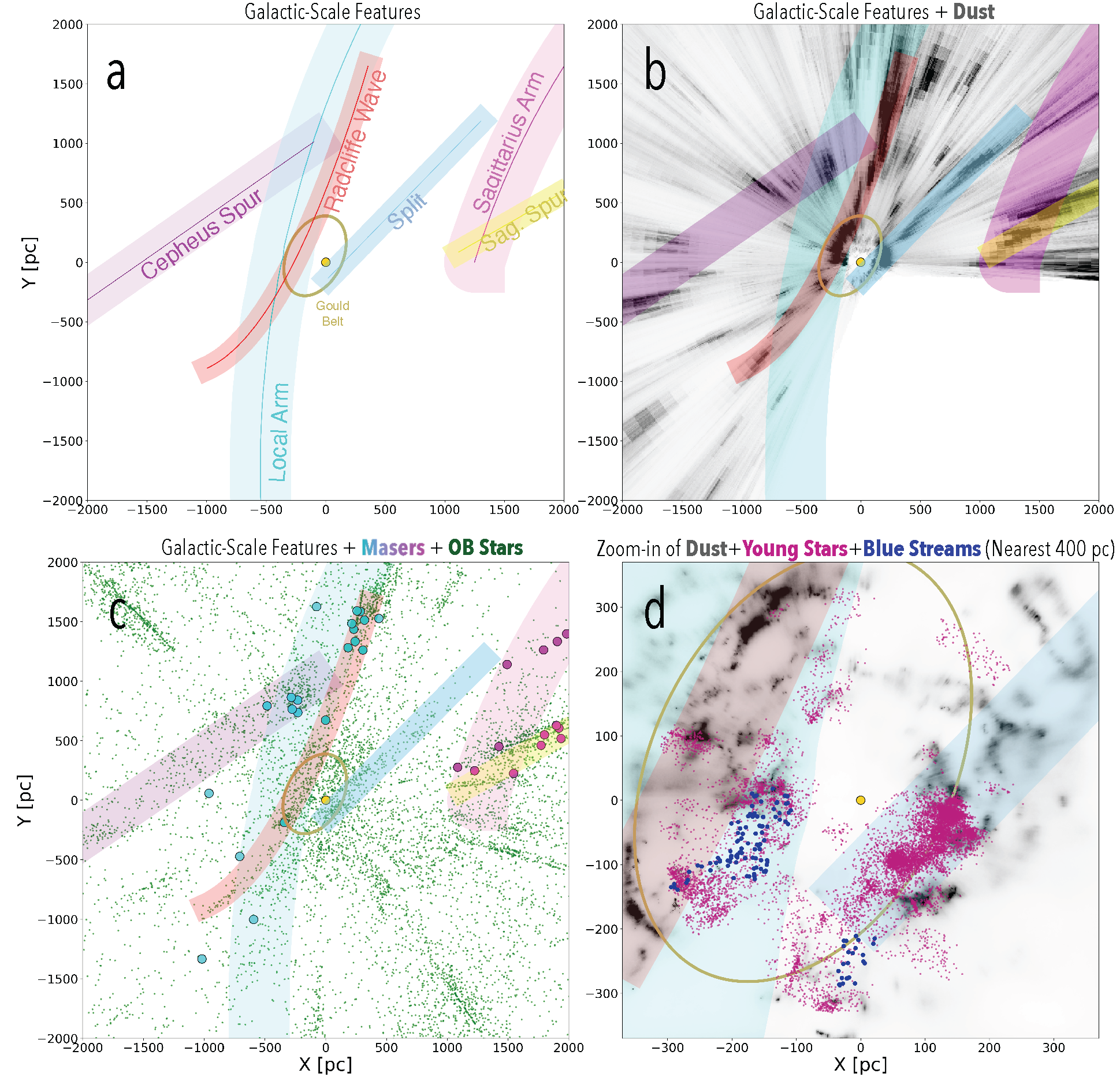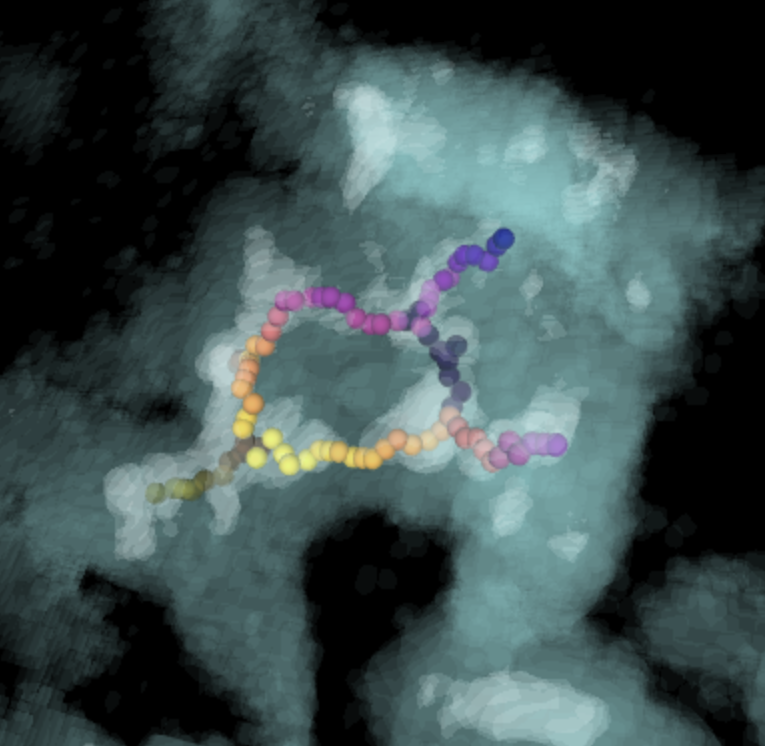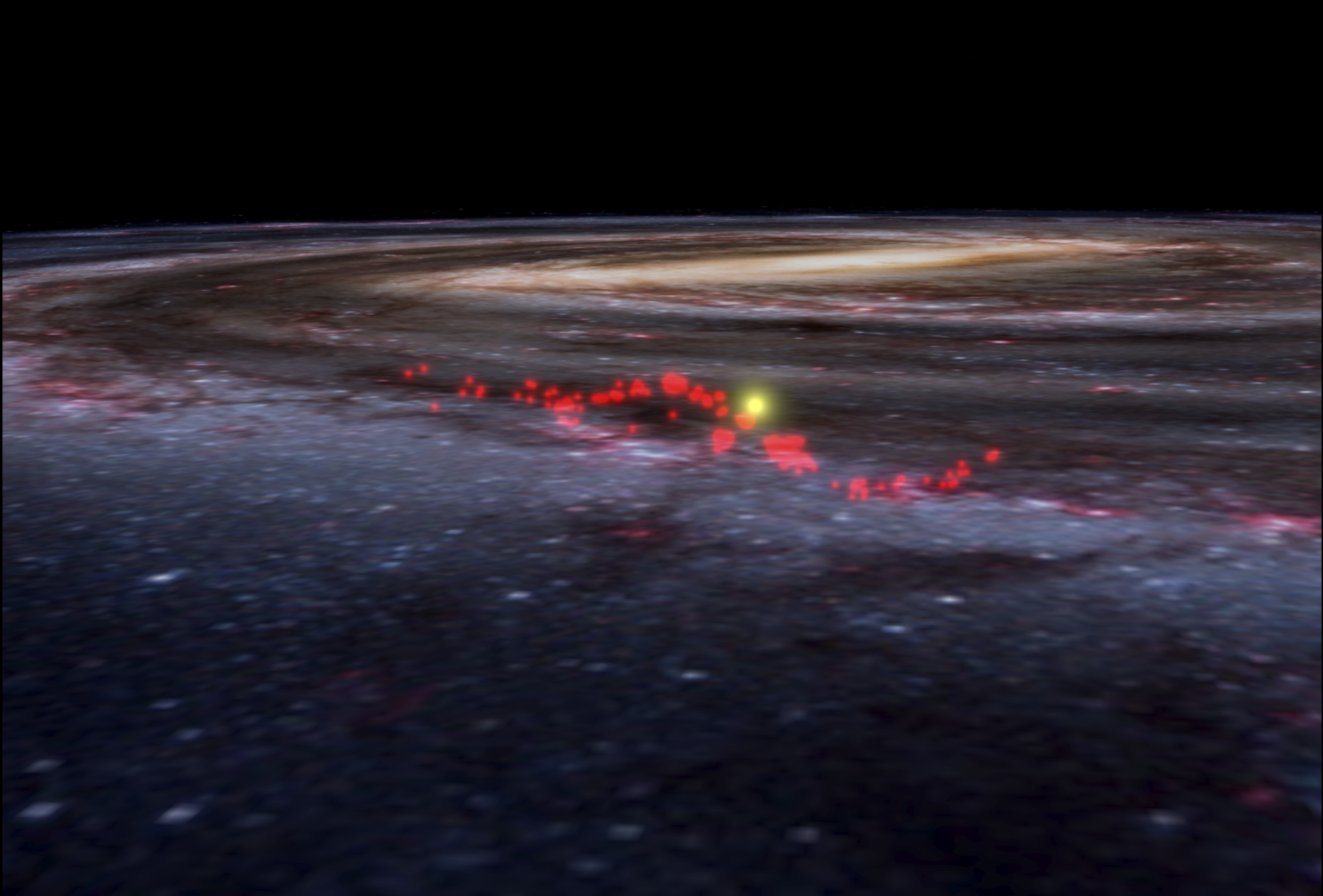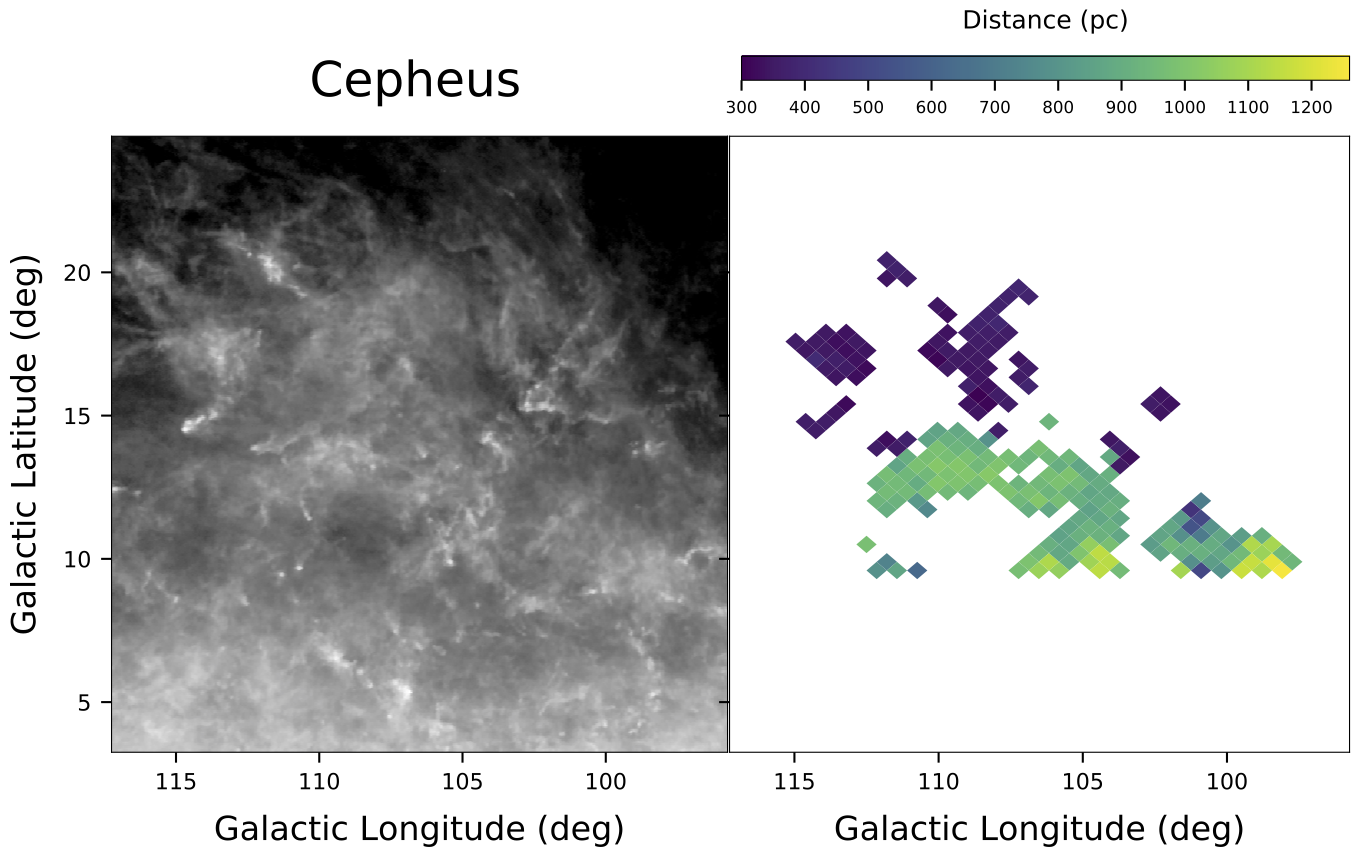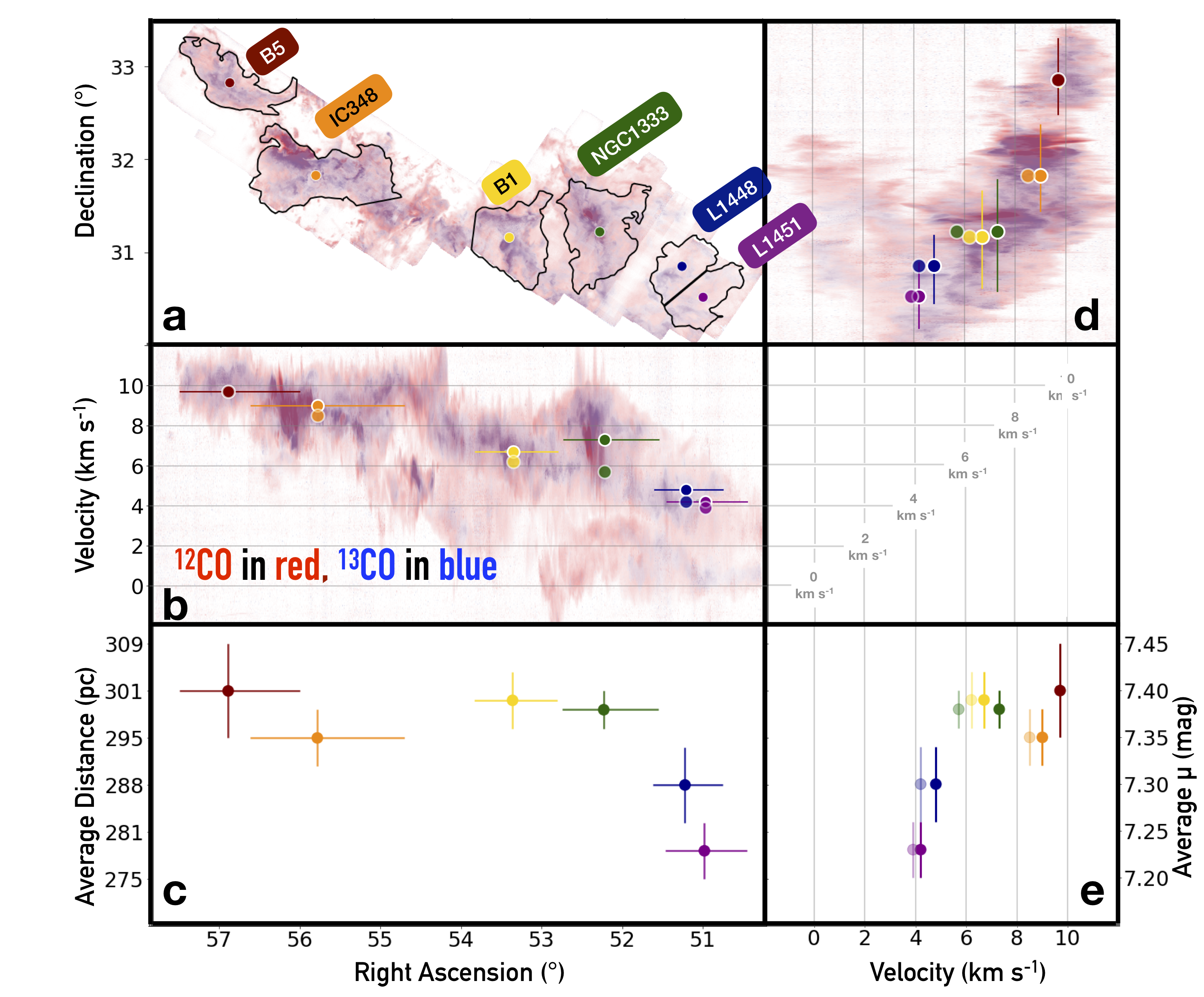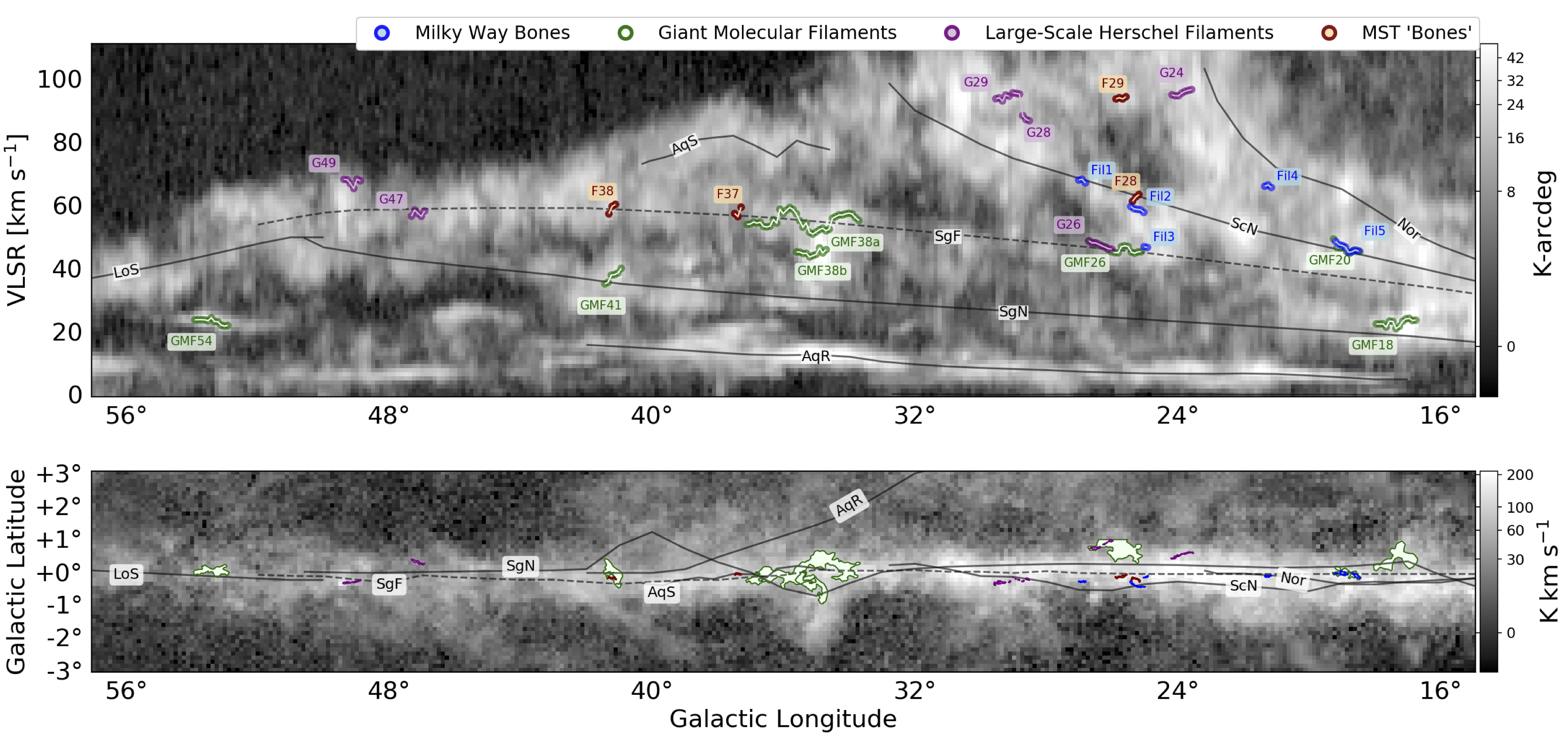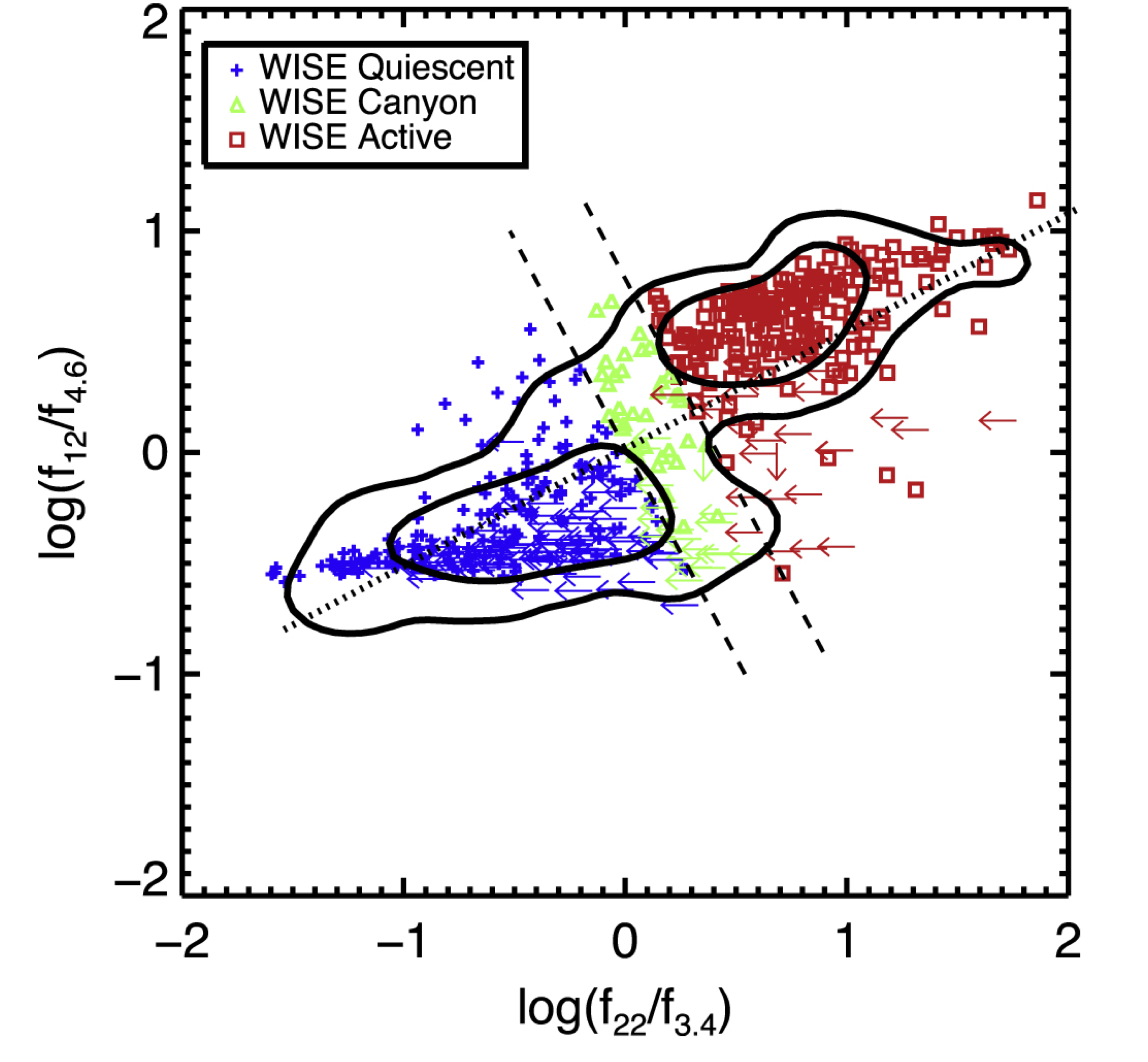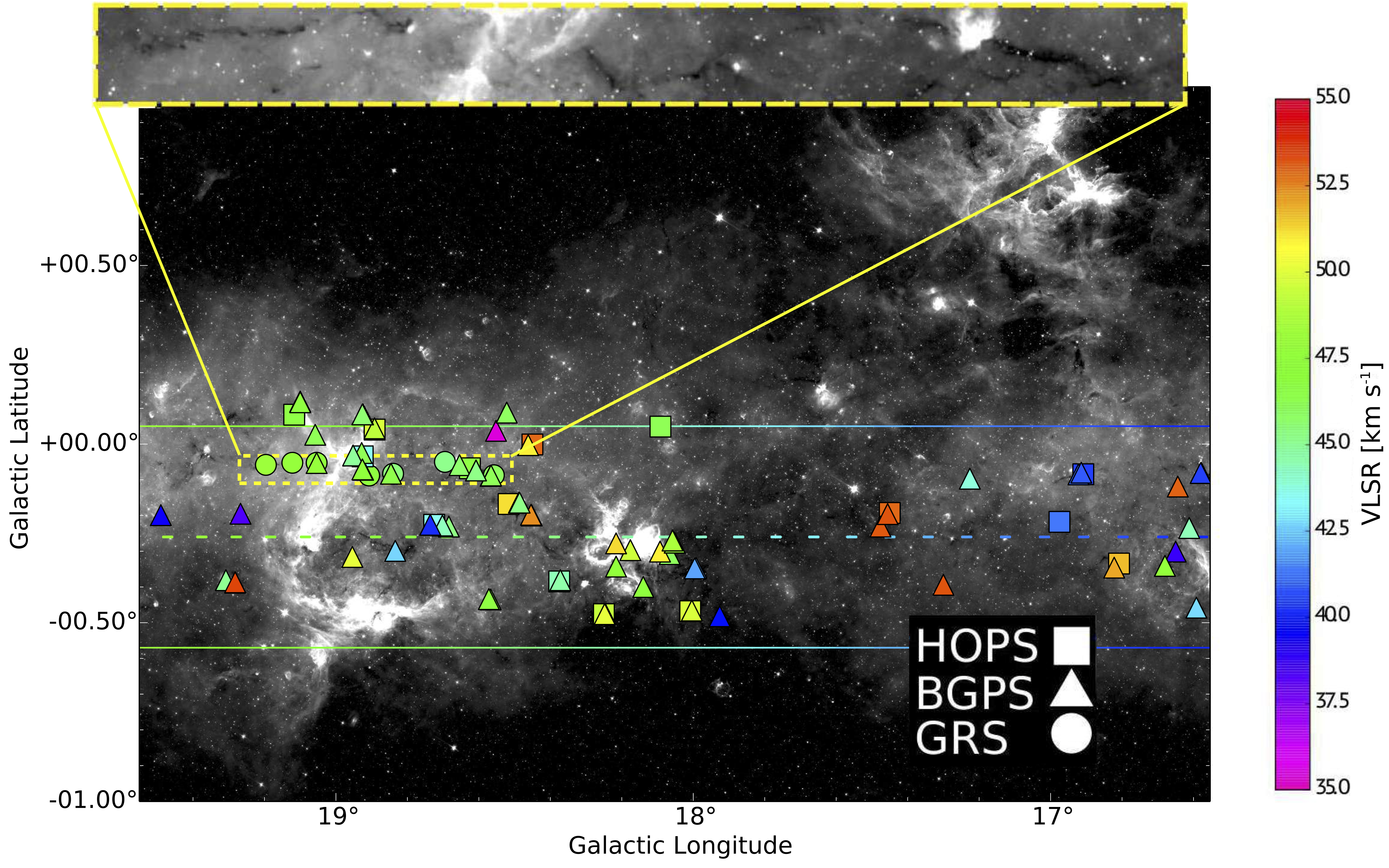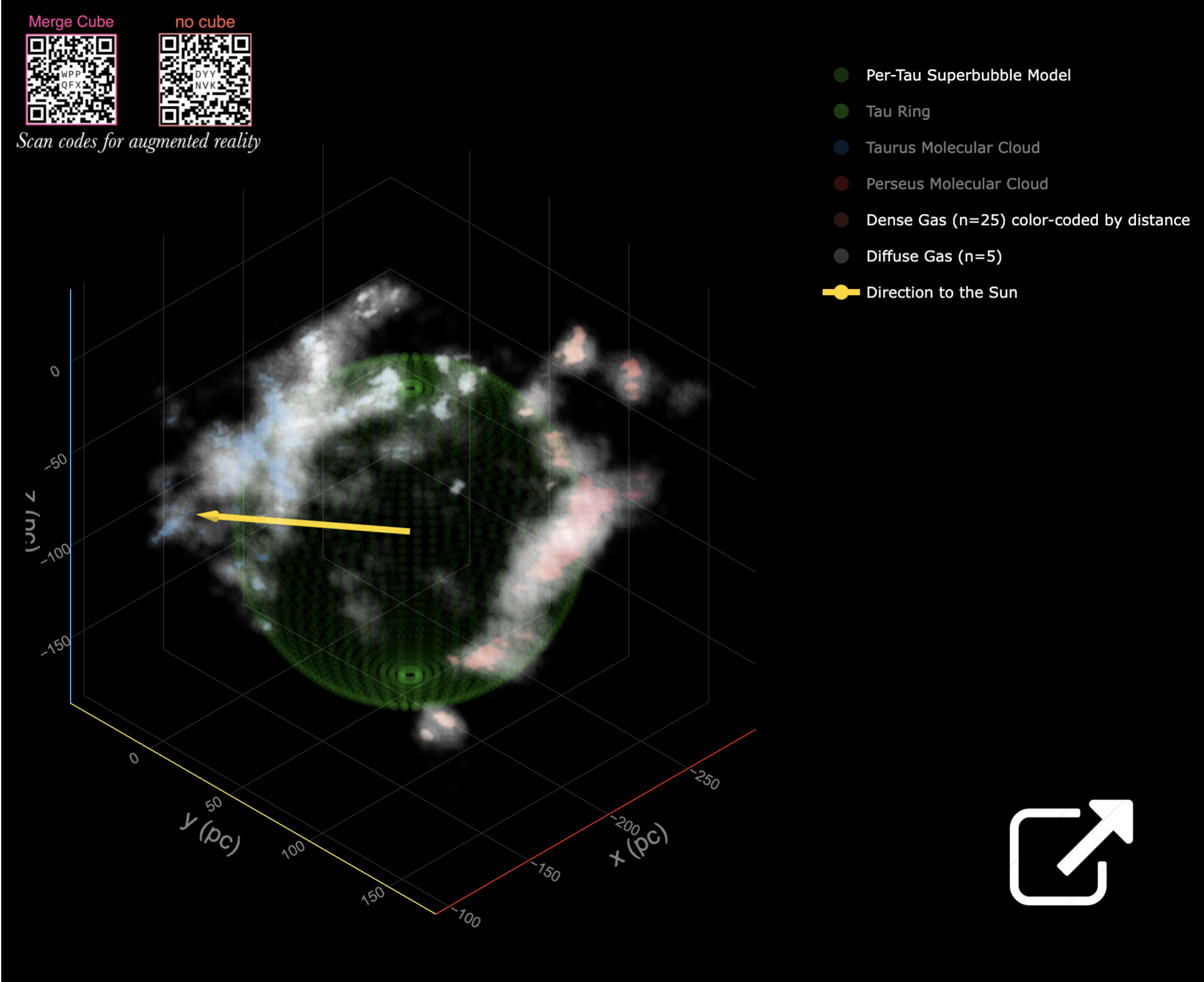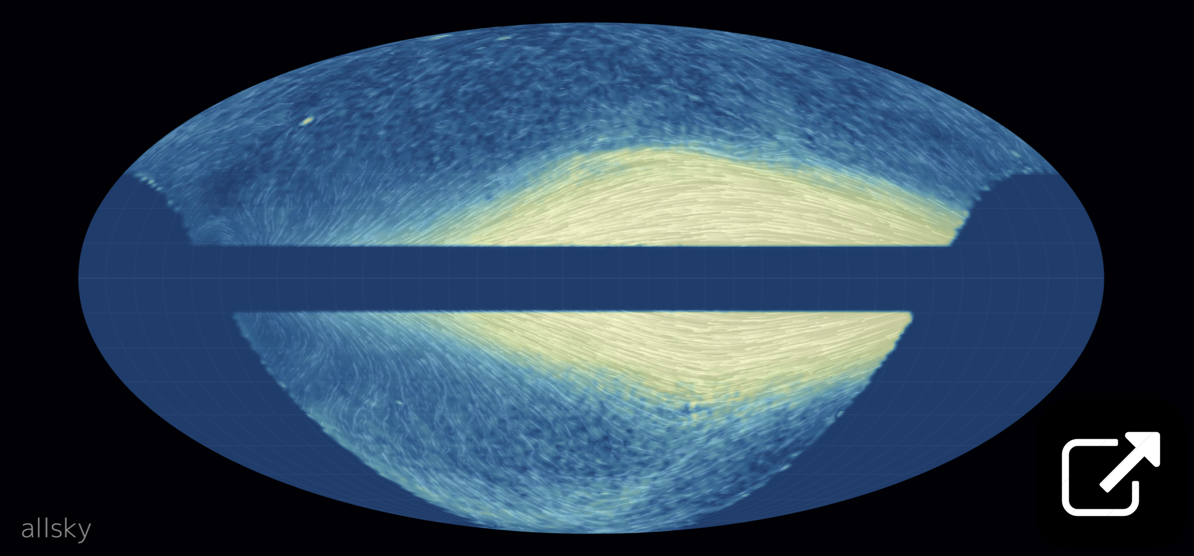Catherine Zucker

I am currently an astrophysicist at the Center for Astrophysics | Harvard & Smithsonian. Formerly, I was a NASA Hubble Fellowship Program Hubble Fellow working in the ISM* group at the Space Telescope Science Institute. I received my PhD from Harvard University in May 2020 where I was an NSF GRFP Fellow, a Harvard Horizons Scholar, and a Fireman Fellow. My research focuses on developing novel techniques to tease out the 3D structure and dynamics of our home galaxy, the Milky Way. I use a combination of observations, simulations, astrostatistics, and data visualization to produce new models of our Milky Way’s interstellar medium, with the underlying goal of generating physically motivated connections between star formation and the broader galactic environment. Much of my work involves the use of "big data" and high-performance computing via a technique called 3D Dust Mapping, which leverages stellar photometry and astrometry to chart the 3D spatial distribution of interstellar dust in the Milky Way. Alongside my research, I have a particular interest in open-data sharing and the publication of interactive visualizations in journal articles. Check out my interactive figure gallery below for some examples of my work.
